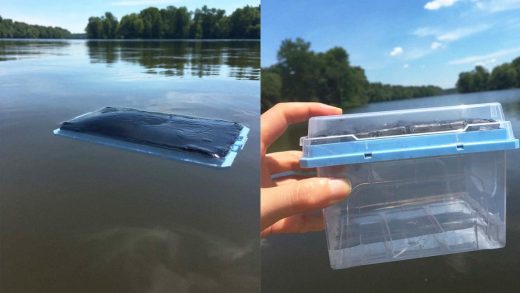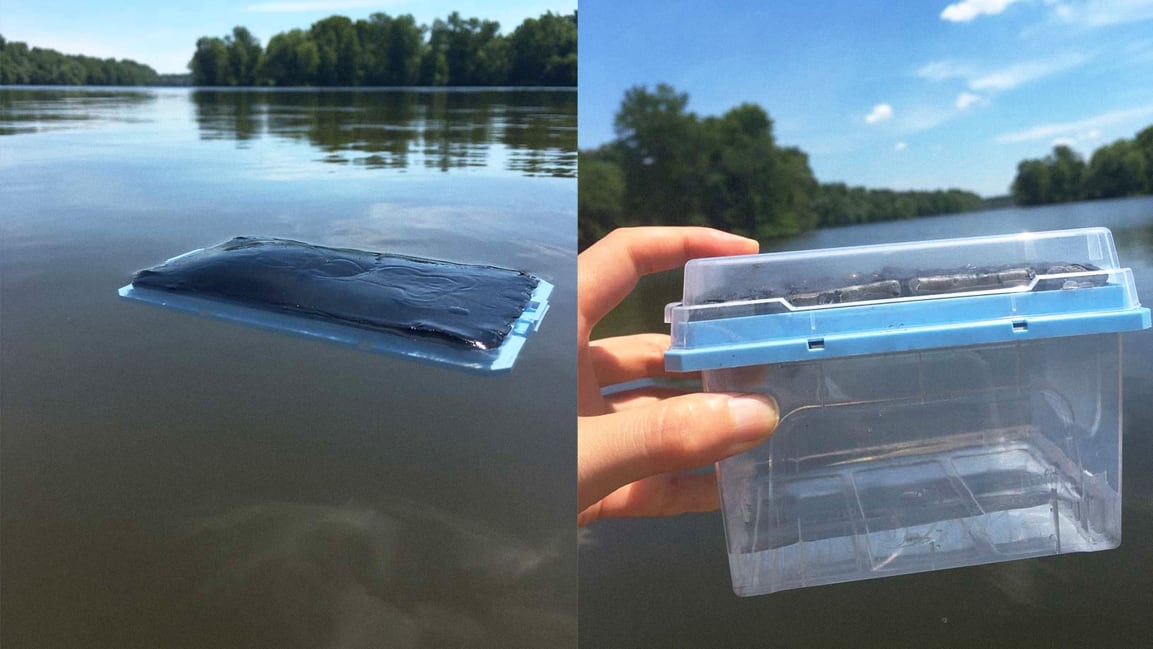This low-cost water filter runs on just sunlight
The technology uses a sponge-like hydrogel membrane that sucks up water when the material is at room temperature. “It absorbs only pure water, and it rejects other contaminants,” says Rodney Priestley, a chemical and biological engineering professor at Princeton and vice dean for innovation at the university, who co-invented the device.
When the membrane later heats up to a certain temperature, it becomes hydrophobic, and begins to squeeze out all of the water it absorbed. The design uses a second material that turns sunlight into heat, so the material can heat up to the right temperature—around 91 degrees or more—to release clean water. “It’s passive, so it can run purely on renewable energy,” Priestley says. In some situations, it could be powered by waste heat instead of sunlight.
The material can filter out a longer list of contaminants than a typical water purifier, ranging from biological pathogens and heavy metals like lead to oil spills. It has other advantages: It’s faster than other water purification tech that works passively using sunlight. It should be cheap to manufacture. In early testing, it appears to be very durable, and it can be used over and over, rather than having to replace filters or other parts. It can operate both at a small scale or in larger facilities. In much of the world, where around 790 million people don’t have access to clean drinking water, it could offer a low-cost option for purifying local water supplies. In countries like the U.S., it could be used to purify rainwater as a backup water supply, or as a backstop for failing water infrastructure.
“There are still studies that are showing a huge percentage of American schools in which there’s a lot of lead in the water,” Priestley says. “So you start thinking about, okay, could you just perform an additional purification process on water that goes into elementary school, using this technology in a passive manner, to make sure that the water that the kids are drinking is lead-free?”
In a new study published in the journal Advanced Materials, the Princeton researchers demonstrated how the device works by placing the gel in a lake on the university campus, letting it absorb water, and then placing it in a container in the sun where the pure water dripped out, minus the microorganisms that live in the lake. Now, the team is beginning to explore a commercial product. They’re also studying other applications, including working in reverse: If the membrane was submerged in water at a higher temperature, it could potentially absorb microplastics, oil, and other contaminants to help clean up a lake or river.
(23)



